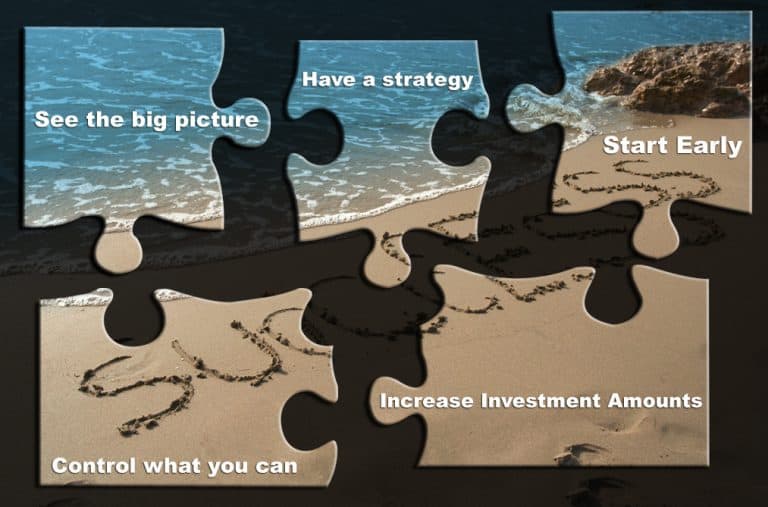One Secret to Investing: Do Less
We’ve all been tempted. Whether there’s a hot new sector that seems to be on fire, or a classic U.S. company that seems poised for a new burst of life, or, worse, a pundit who keeps warning us not to get caught flat-footed. It’s human nature to be attracted to the next shiny new thing….








